May 31, 2025 | 19:15 GMT +7
May 31, 2025 | 19:15 GMT +7
Hotline: 0913.378.918
May 31, 2025 | 19:15 GMT +7
Hotline: 0913.378.918
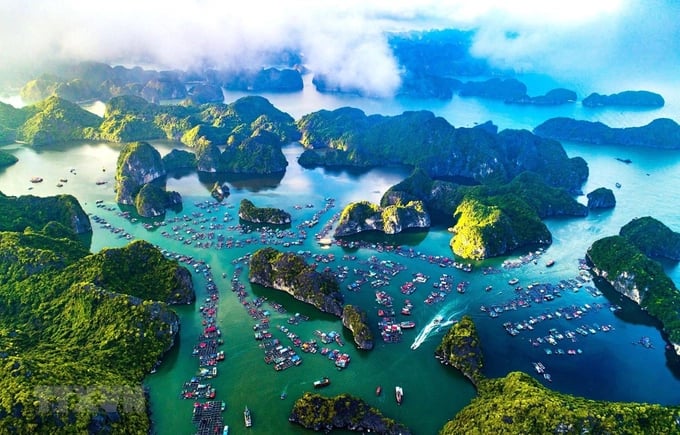
The oceans cover about 70% of the earth's surface, contain 97% of the water, and makeup 90% of the total habitable space on the planet.
Humanity is living on a blue planet. The oceans cover about 70% of the earth's surface, contain 97% of the water, and makeup 90% of the total habitable space on the planet. Coastal ecosystems such as mangroves, coral reefs, and seagrass beds are among the ocean's most biologically diverse systems and are nurseries for millions of marine species.
Some tropical reefs can contain 1,000 different species per m2. With 15% of animal protein diets provided by fisheries and millions of people dependent on fisheries for their livelihood, these nurseries are essential to replenishing fish stocks. Therefore, coastal areas are critical in the fight against climate change.
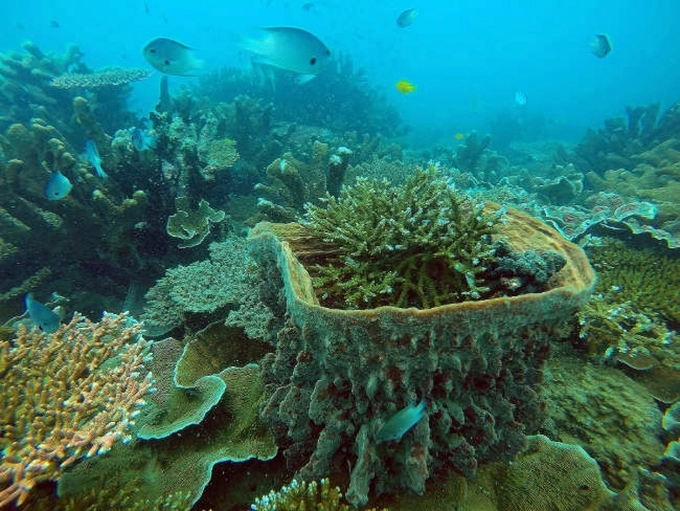
Some tropical reefs can contain 1,000 different species per m2.
However, our coastal ecosystems, along with many aquatic species, are showing signs of decline and disappearance at an alarming rate. More than 60% of the population currently lives on or near the coast. 80% of tourism activities are concentrated near coastal areas.
Overfishing, pollution, ocean acidification, and unsustainable resource extraction have severe impacts on the health of coastal ecosystems. 60% of the world's major livelihood-supporting marine ecosystems have degraded or disappeared. More than half of the world's marine species will face extinction by 2100 if we don't take drastic action.
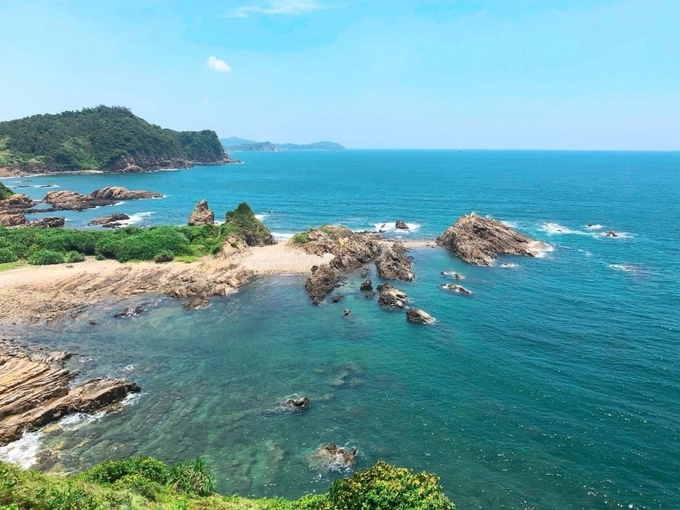
Establishing and managing marine protected areas are among the most effective measures to protect coastal biodiversity, collectively referred to as a “Marine Protected Area”.
Accordingly, establishing and managing marine protected areas are among the most effective measures to protect coastal biodiversity. The International Union for Conservation of Nature (IUCN) defines a marine protected area as “any area located in the intertidal zone or at low tide with the entire upper water surface, flora and fauna and associated cultural and historical heritages. They are protected by law and other effective means to protect all or part of the environment concerned”.
The World Wide Fund for Nature (WWF) defines a marine protected area as “an area that is effectively identified and managed to protect marine ecosystems, processes, habitats, and species, can contribute to the restoration and replenishment of resources to social, economic and cultural richness”.
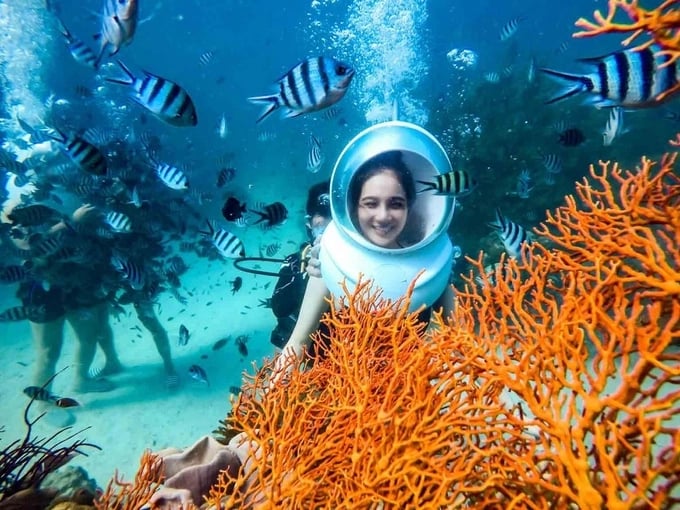
Up to now, Vietnam has established and put into operation a network of 10 out of 16 marine protected areas and national parks with marine conservation components.
The Law on Fisheries 2017 stipulates that a “Marine conservation area is a type of nature reserve, with boundaries on sea, island, archipelago and coastal areas to protect marine biodiversity”.
Up to now, Vietnam has established and put into operation a network of 10 out of 16 marine protected areas and national parks with marine conservation components. They are Cat Ba, Bach Long Vy, Con Co, Cu Lao Cham, Ly Son, Nha Trang Bay, Nui Chua, Hon Cau, Con Dao, and Phu Quoc. Six MPAs that have completed detailed planning and are completing documents for planning approval are Hon Me, Hai Van-Son Cha, Phu Quy, Nam Yet, Co To, and Tran Dao.
According to statistics from the Directorate of Fisheries (MARD), this system of marine protected areas occupies an area of about 0.24% of the sea area of Vietnam. The goal is to reach 6% of Vietnam's sea area by 2030. Marine protected areas hold nearly 70,000 ha of coral reefs, 20,000 ha of seagrass beds and mangroves, most of the breeding grounds, spawning grounds, and habitats of economic aquatic species; nearly 100 endemic and endangered species.
Some marine protected areas completely block human activities. Others try to regulate human presence and activity to make the use of marine resources more sustainable and diversified. The benefits of designed and managed marine protected areas are many and varied.

The benefits of designed and managed marine protected areas are many and varied.
In particular, marine protected areas play a key role in protecting important habitats and species, rigorously protecting the resources in specific areas. Through the protection of nurseries and adult fish, marine protected areas enable fish populations to recover. These fish populations, in turn, create a “spill effect” for the surrounding areas, providing conservation value and benefits to the fisheries.
In addition, the establishment of marine protected areas with strict management regulations will help the conservation of marine resources. This includes avoiding over-exploitation, avoiding harmful impacts on habitats, protect the entire ecosystem from over-exploitation... Consequently, we maintain a "healthy" ecosystem and rich aquatic resources.
At the same time, the establishment of marine protected areas will help create healthy coastal ecosystems, providing coastal protection against high tides. High tides are becoming more and more powerful and common with climate change.
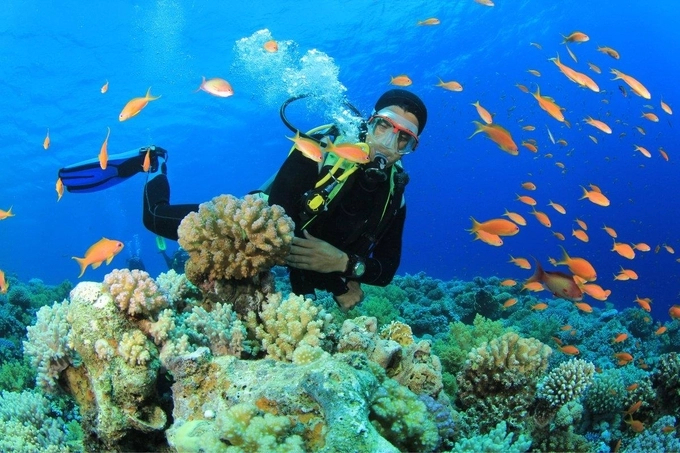
Marine protected areas will provide recreational opportunities and sustainable eco-tourism, thereby creating new jobs for local communities, generating revenue, and improving quality of life.
Moreover, marine protected areas will provide recreational opportunities and sustainable eco-tourism, thereby creating new jobs for local communities, generating revenue, and improving quality of life.
Marine conservation activities also encourage local communities to actively participate in the conservation and management of aquatic resources. The people themselves benefit from such activities. At the same time, marine protected areas also offer excellent opportunities for scientific research and environmental education.
Current reality shows that less than 10% of coastal areas are effectively protected. This poses a direct threat to coastal biodiversity and affects socio-economic development.
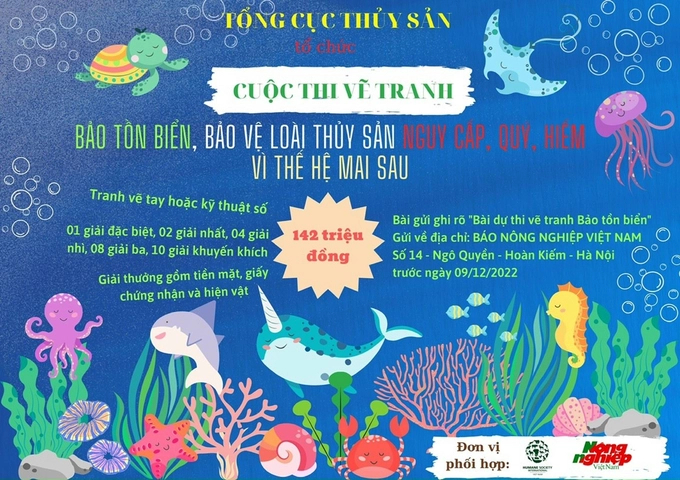
The Directorate of Fisheries coordinated with Vietnam Agriculture News to organize a painting contest with the theme "Marine conservation, protection of endangered, precious and rare aquatic species for future generations".
Therefore, a network of marine protected areas that is well managed and covers at least 30% of the ocean's surface is essential to ensure the restoration and protection of the world's marine and coastal resources and ecosystems.
From November 2022 to December 2022, the Directorate of Fisheries coordinated with Vietnam Agriculture News to organize a painting contest with the theme "Marine conservation, protection of endangered, precious and rare aquatic species for future generations".
Entries can be based on the main theme, which shows groups of topics such as: Activities usually take place in marine protected areas; Necessary activities to contribute to the protection and construction of sustainable marine protected areas; Do's and Don'ts in Marine Protected Areas; Activities to protect sea turtles, marine mammals, and endangered, precious and rare aquatic species.
Or topic groups such as: Solutions and ideas to contribute to building a sustainable marine protected area; Activities to protect and regenerate endangered, precious, and rare aquatic species, especially sea turtles and marine mammals; Dreams and actions necessary to have marine protected areas develop sustainably, endangered; Reproduction and development of endangered, precious and rare species...
Entries sent by post should clearly state: Entries for drawing contest "Marine conservation, protection of endangered, precious and rare aquatic species for future generations" or "Marine conservation painting".
Contest entries will be received by post or in person at: Vietnam Agriculture News - 14 Ngo Quyen - Hoan Kiem - Hanoi. Contact number: 038.605.6904 (Mr. Pham Trung Hieu) or 024.3211.5475 (Mr. Tuan Anh).
Email address for receiving digital entries: nmpa.vietnam@gmail.com.
The application period is from November 9 to December 9, 2022. The examination period is from 12/12 to 20/12/2022. The closing ceremony and awarding ceremony will be on December 26, 2022.
Translated by Hoang Duy
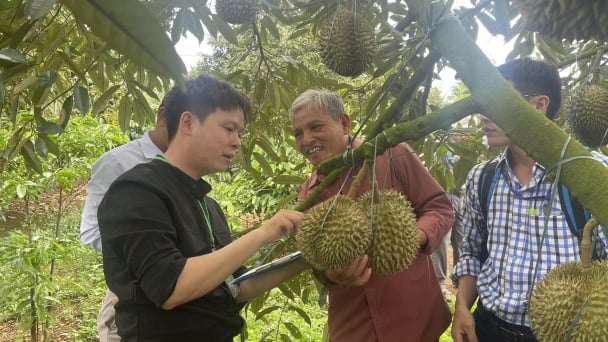
(VAN) For the durian industry to succeed, the value chain must fulfill its commitments to the government, the community, and international partners.
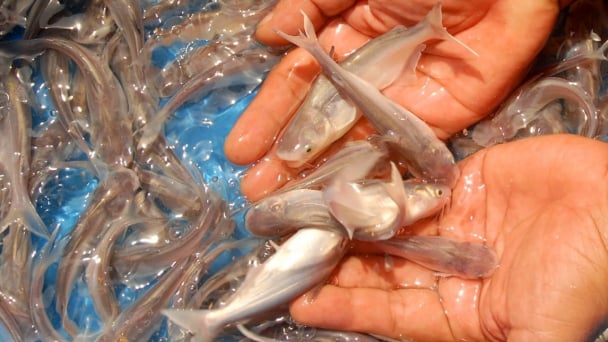
(VAN) Vaccinating juvenile pangasius helps reduce disease, antibiotic use, and farming costs, increasing profits for export-oriented farmers in An Giang.

(VAN) Due to a limited supply of workforce and competitive recruitment requirements, businesses struggle to retain talented veterinary human resources.
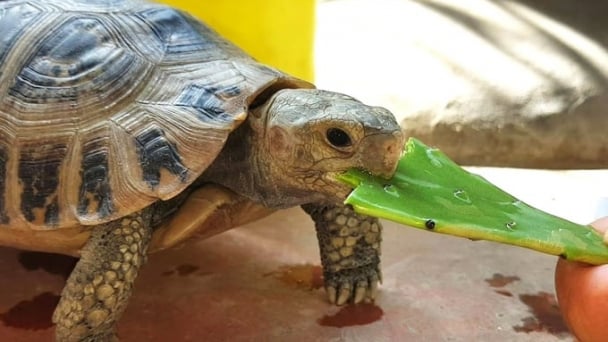
(VAN) WOAH’s guidance aims to mitigate disease risks through a One Health approach that balances economic, conservation, and public health interests.

(VAN) Ms. Nguyen Thi Dung, Deputy Director of Ngoc Hoang Cooperative, shared about the journey of bringing dragon fruit to Europe, achieving annual revenues in the billions of VND.
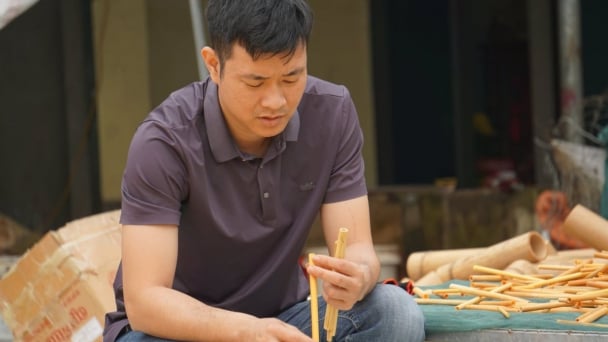
(VAN) Bamboo products from Thang Tho Bamboo Cooperative have reached many countries around the world, while also creating jobs for local workers.
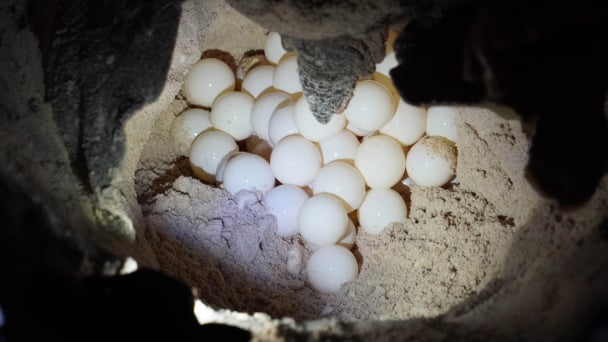
(VAN) The Management Board of Con Dao National Park reported that a green sea turtle, tagged in the Philippines, has traveled thousands of kilometers to lay 84 eggs on Bay Canh Islet.